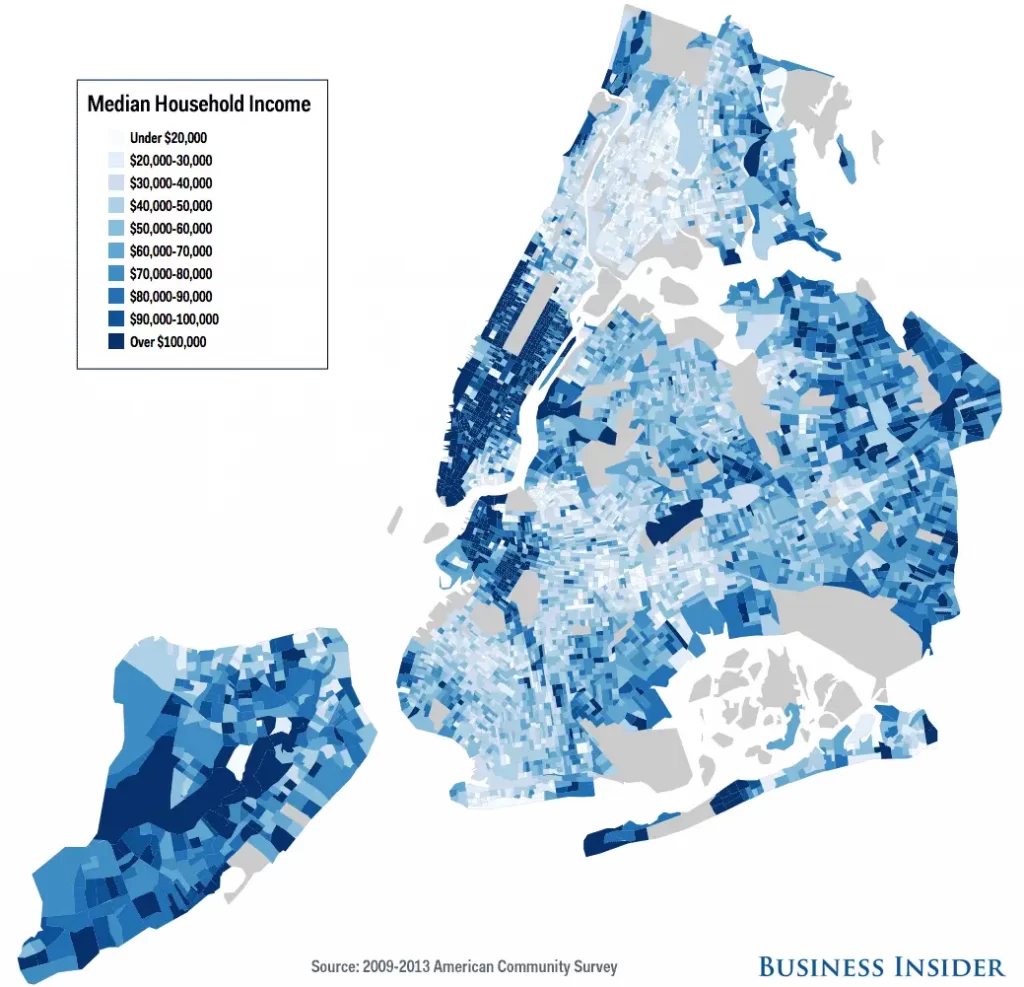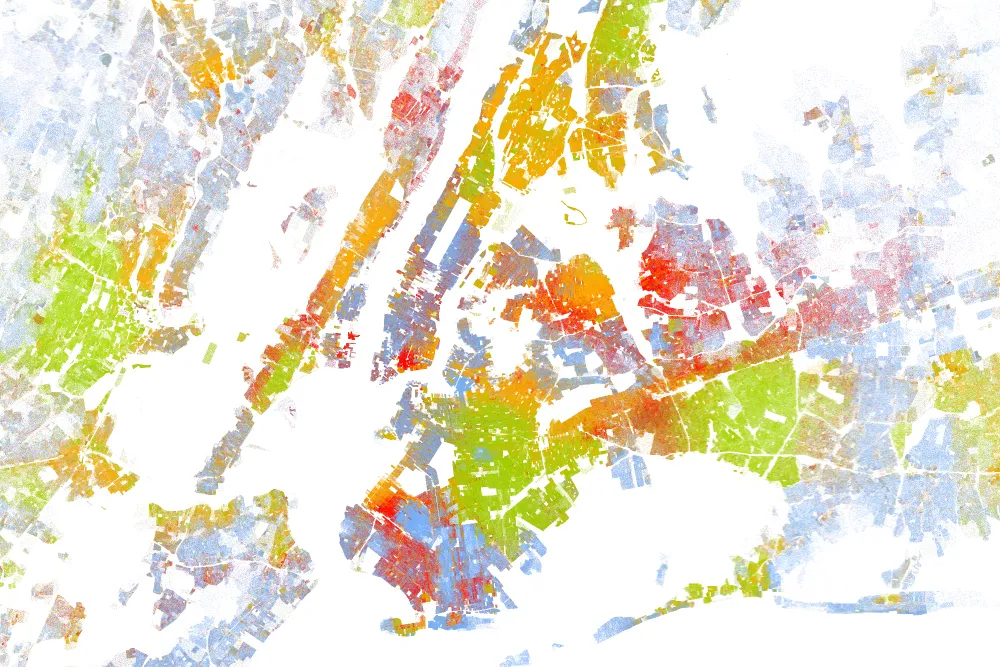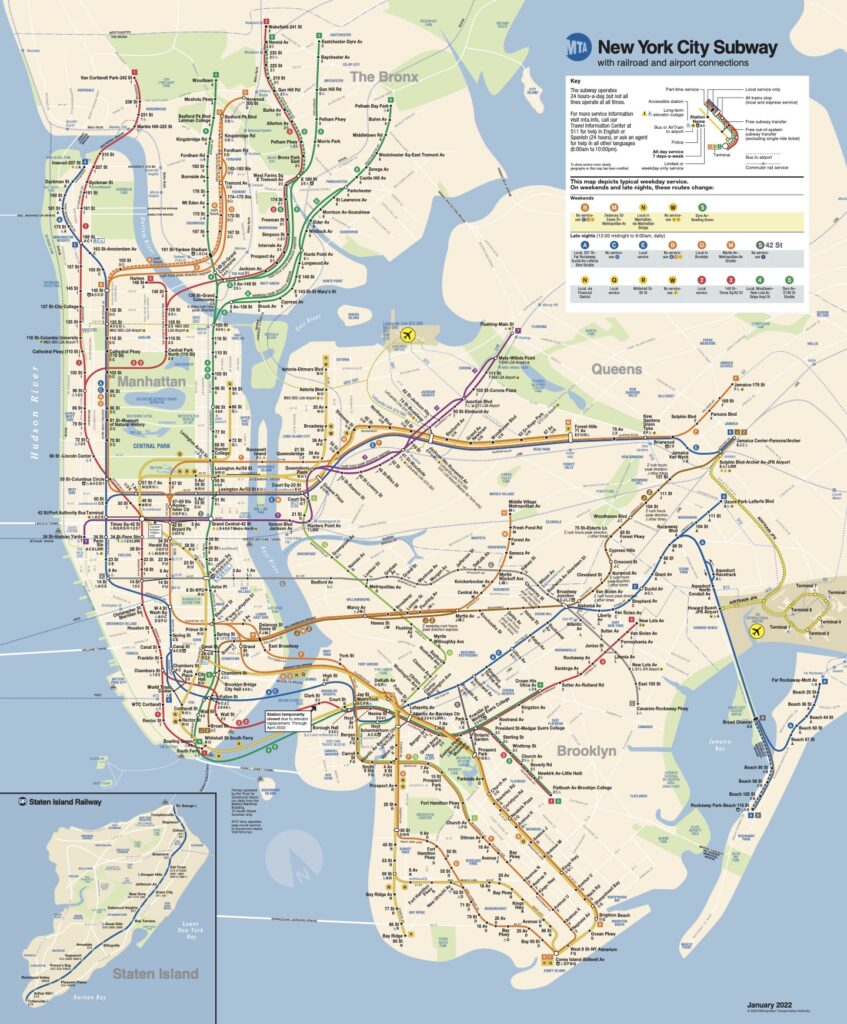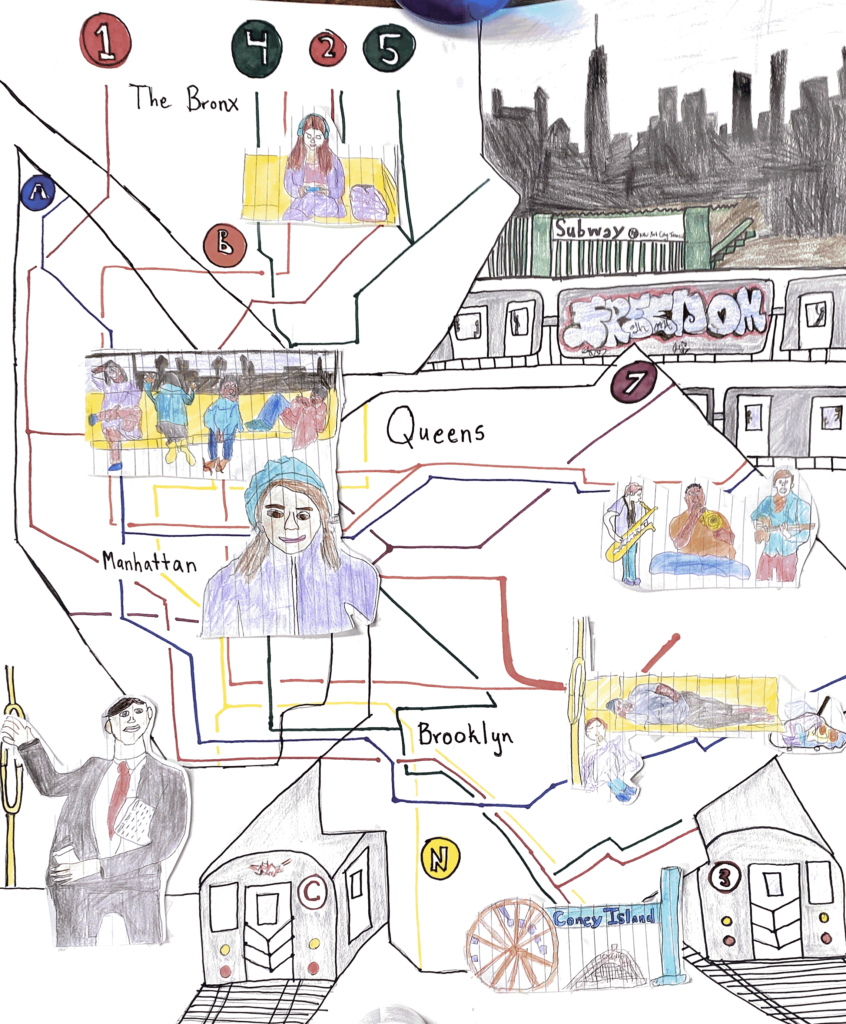

To many, New York City seems the perfect cosmopolitan city: one defined by diversity and opportunity. But in reality, the history of segregation in the city remains very much alive. City dwellers “live together,” but they live apart – entire neighborhoods, institutions, and schools tend to be dominated by a certain race and socioeconomic class. [1]
I grew up on the Upper West Side of Manhattan and attended a small, private school. My classrooms, apartment building, and regular hangouts were visited by people who looked and talked just like me. Growing up, the only place where I actually encountered diversity was the public subway system.

I often think back to a group of siblings who I regularly saw – sometimes several times a week – while riding the 1 train to school. There were two boys and a girl. I remember feeling very different from them. As I sat in my plaid school uniform and dress shoes, they sported ripped jeans and worn-out sneakers. I quietly played games on my dad’s phone, while they rowdily jumped in and out of their seats as their mom scolded them. I was struck by the differences between the ways we looked, the ways we spoke, the ways we presented ourselves in this common space.

The subway, I have always believed, is the great connector of the city. It is the underground world where all people – people of all genders, races, and socioeconomic classes – gather together.
The subway system is embedded with incredible culture – famous landmarks, musicians, and art. Most station walls are covered with graffiti, an art form that has become a way for the underprivileged and marginalized to express themselves and to gain influence across the city. The subway can be a social outlet for the systematically disempowered. [2]
At the same time, though, differences are often heightened on New York City subways in extreme, violent ways. Many homeless individuals choose to take shelter in subway stations and cars. Because of disproportionate mental illness among homeless individuals, this has often led to hostility in the subways. [3] Among the most recent incidences was the murder of Michelle Alyssa Go this past January. Go was pushed onto the tracks by a homeless and mentally ill individual. [4]
Furthermore, instances of violence on the subway are often racially-charged. In addition to hate crimes between patrons, subway stations across the city are populated with MTA officials and police officers who often make use of stop-and-frisk practices in poor neighborhoods where people of color tend to live. From 2008 to 2009, there were an average of 350 stops per year. The vast majority of those stops were men in poor and immigrant-majority neighborhoods. The police stops were violent, with 17% of men subjected to physical force from police. [5] Further, Black and Hispanic men are disproportionately sentenced to jail time for fare evasion charges. Ultimately, the majority of these cases are dismissed, suggesting there was no pressing reason for an initial arrest. [6] This trend is emblematic of larger inequality in the criminal justice system, which disproportionately arrests young Black and Latino men for minor crimes. [7]
Additionally, sexual violence on subway cars is rampant, particularly against female-identifying riders. In a 2007 study, 63% of randomly sampled women reported having been sexually harassed on the subway. Further, 69% of those instances happened in the morning or evening rush hours. Several studies have shown that the crowded nature of the subway system encourages some men to attempt to get away with crimes – groping, catcalling – that they might not have tried above ground. And they often succeed in flying under the radar. 96% of female victims mentioned above did not report the harassment incident. [8]
Growing up in a busy city, I was a very social kid – I often struck up conversations with children on my neighborhood playground I’d never met before. And yet, I sat across from that family on the 1 train for years without ever saying a word. Because even as tiny children, we knew we were living in completely separate worlds. It’s true that we all got off the subway at 116th street… but we continued in opposite directions, through the doors of vastly different primary schools. And most likely, we’ve continued onto vastly different adult lives. I realize now how different our lives were, even as we sat right next to one another.
Works Cited
[1] Goodman, David. 2019. “What the City Didn’t Want the Public To Know: Its Policy Deepens Segregation.” New York: The New York Times. Retrieved April 6, 2022.
[2] Currid, Elizabeth. 2007. The Warhol Economy: How Fashion, Art, and Music Drive New York City – New Edition. Princeton: Princeton University Press.
[3] Newman, Andy, Dana Rubinstein, and Michael Gold. 2022. “New York City Plans to Stop Homeless People from Sheltering in Subway.” New York: The New York Times. Retrieved March 8, 2022.
[4] Hassan, Jennifer. 2022. “Another Person Shoved Onto New York’s Subway Tracks Days After Michelle Go’s Death.” Washington D.C.: The Washington Post. Retrieved April 6, 2022.
[5] Tonnelat, Stephane and William Kornblum. 2017. International Express: New Yorkers on the 7 Train. New York: Columbia University Press.
[6] Goffman, Alice. 2009. “On The Run: Wanted Men in a Philadelphia Ghetto.” American Sociological Review 74: SAGE publications.
[7] Alexander, Michelle. 2010. The New Jim Crow: Mass Incarceration in the Age of Colorblindness. New York: The New Press.
[8] Stringer, Scott. 2007. “Hidden in Plain Sight: Sexual Harrassment and Assault in the New York City Subway System.” New York: The New York Times. Retrieved March 9, 2022.